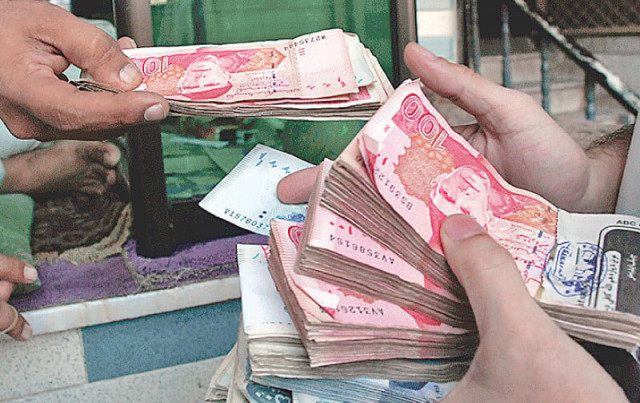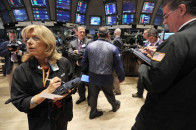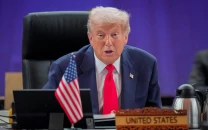Financial globalisation and carry trade
Capital inflows are temporary as foreign investors invest, withdraw funds swiftly to realize profits

Financial globalisation has eased the flow of capital across countries. Financial capitalists keep looking for profitable opportunities to earn quick bucks. They borrow in a country where policy rate is low and invest in a country where policy rate is high provided the exchange rate remains stable. In the jargon, this is known as carry trade.
Carry trade is going on across the globe where differentials in policy rates provide profitable opportunities to investors. For instance, policy rates in the US, Australia and Europe are 5.5%, 4.35% and 4.25%, respectively, while the policy rate is hovering around 19.5% in Pakistan.
Since exchange rate has stabilised in the last six months, investors started to invest in Market Treasury Bills (MTBs) in Pakistan. The Special Convertible Rupee Account (SCRA) has reported a net positive capital inflow in August 2024, which got attention of the business media.
Foreign institutional investors pour capital in a country where there is a reasonable policy rate differential along with stable exchange rate. The rupee-dollar parity has been hovering around 280 since January 2024, which has restored the confidence of these investors to park their capital in MTBs.
Business press will hail this development and favour net capital inflows. A general view is that these inflows will bring precious dollars to the country, which will bolster foreign exchange reserves.
In the event, imports of goods and services are curtailed, these inflows will stabilise the rupee-dollar parity. In addition, the foreign exchange reserves, held by the State Bank of Pakistan (SBP), have been hovering around $9 billion since March 2024.
The costs associated with capital inflows are barely highlighted and discussed. These flows are temporary to the extent that certain institutional investors complete a transaction within a month. They invest and withdraw their capital as soon as possible to realise profits.
Such inflows are costly for developing countries as they are tantamount to high-cost borrowing. The State Bank of Pakistan (SBP) will incur a loss as it will use the domestic policy rate to obtain dollars while foreign institutional investors will gain by borrowing at a low policy rate and invest at a high policy rate.
The gain for foreign institutional investors will equalise the loss for the SBP. This loss reduces the profit of the SBP, which is booked as non-tax revenue by the government.
Capital inflows also affect the rupee-dollar parity and appreciate the value of the rupee. This appreciation provides further gains to foreign institutional investors. Along with the policy rate differential, they also get the benefit of cheap dollar. Hence, exchange rate appreciation acts as an icing on the cake for foreign institutional investors.
Capital inflows also affect the restructuring of industry. Appreciation of the rupee makes the adjustment of domestic industry quite difficult. It becomes difficult for the industry to reorient to exports in the presence of expensive value of the rupee.
In addition, real exchange rate appreciation also affects the competitiveness of existing exporters. Capital inflows promote consumption in an economy since they relax foreign exchange constraints. Cheap dollars encourage luxury imports, which fulfills wants of those people who are willing to pay. This would increase import bill in the economy. Hence, import growth becomes faster than increase of exports.
In a nutshell, carry trade is part and parcel of financial globalisation. Macroeconomic stabilisation policies create differentials in policy rates which, in turn, promote carry trade.
Considering costs associated with this trade, there is a need to monitor and regulate it. Last but not the least, policy of inaction could be destabilising for the economy in the medium term.
The writer is an independent economist, who worked at SDSB, Lahore University of Management Sciences (LUMS)



















COMMENTS
Comments are moderated and generally will be posted if they are on-topic and not abusive.
For more information, please see our Comments FAQ